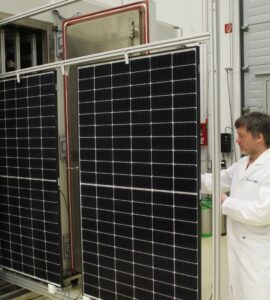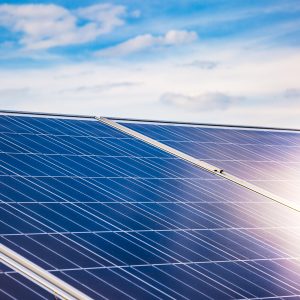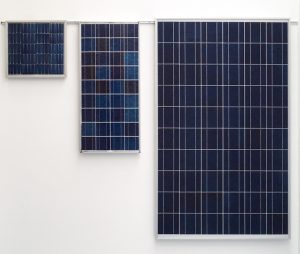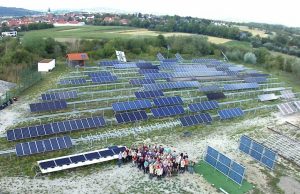IBC SOLAR modules convince in Fraunhofer LeTID test
 We frequently report on the in-depth quality tests that our products have to undergo on a regular basis. In addition to internal tests, external institutes also put our products through their paces. In this context, the Fraunhofer Centre for Silicon Photovoltaics CSP conducted a LeTID test on our current IBC SOLAR module types at the end of last year. And this much in advance: all modules of the IBC SOLAR own brand completed the test procedure with excellent results. (more…)
We frequently report on the in-depth quality tests that our products have to undergo on a regular basis. In addition to internal tests, external institutes also put our products through their paces. In this context, the Fraunhofer Centre for Silicon Photovoltaics CSP conducted a LeTID test on our current IBC SOLAR module types at the end of last year. And this much in advance: all modules of the IBC SOLAR own brand completed the test procedure with excellent results. (more…)



